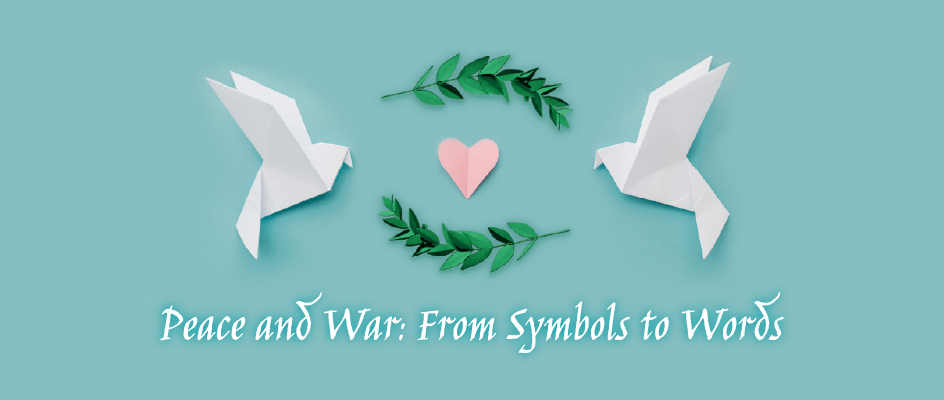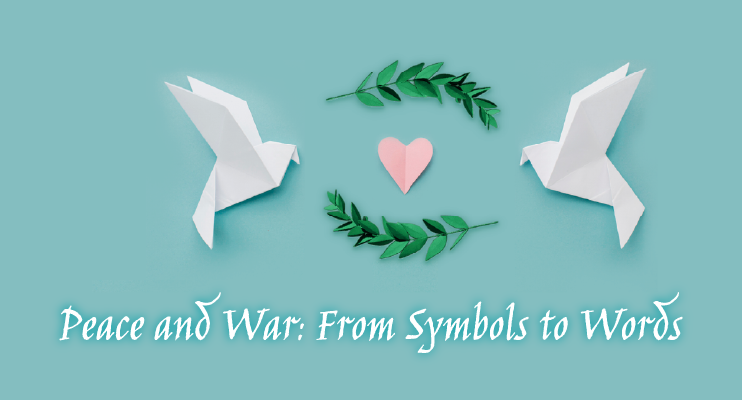

How do ordinary things emerge as symbols of peace and war? Tracing their origins shows us that quite a few phrases or idioms we use have roots embedded in biblical history or the traditions of Native Americans.
Olive branch and dove
In the Book of Genesis, God purged the world with a catastrophic flood after being disillusioned with humanity’s corruption. The only righteous man, Noah was spared and told to make an ark for escape. While adrift on the Ark after the flood, Noah saw a dove fly back with a freshly plucked olive leaf in its beak. Only then did he realise that the Ark was about to reach dry land and that the flood water, like God’s wrath, was finally abating. The dove was akin to a messenger of peace, with the olive leaf bringing hope.
An olive branch figuratively signifies peace or goodwill. Extending an olive branch means proposing peace or reconciliation with somebody.
Since the 1960s, the word “doves” has taken on a new meaning in the context of politics, sometimes used to refer to those believing in resolving conflicts through peaceful means. It is used in contrast to the word “hawks”, which denotes people who believe in using force to achieve an end.
Sword and ploughshare
Originating from the Bible, the phrase “beating swords into ploughshares” was an imagery used by the prophet Isaiah to urge people to end wars and make peace. The word “ploughshare” refers to the broad metal blade of a plough, a tool used to loosen soil. Though both are made of steel, swords and ploughs are tools for taking lives and growing crops respectively, therefore symbolising war and peace.
Over time, this imagery has evolved into an idiom connoting any efforts to stop conflict and to use the resources for warfare to improve people’s lives.
Hatchet and peace pipe
The 17th and 18th centuries were a time of conflict between the indigenous people of North America and European settlers. Back then, it was customary for them to seal peace with adversaries by means of a ceremonial act: Both sides put a hatchet into the ground to signify the end of fighting. While hatchets are obsolete in modern warfare, the idiom “bury the hatchet” is still in use, meaning “restoring a relationship after a quarrel”. Sometimes, peace might be short-lived, leaving people with no choice but to pick up their weapons again. The idiom “dig up the hatchet” means “to renew hostilities”. In these expressions, the word “hatchet” is interchangeable with “tomahawk”, which is an iconic stone-headed axe of the Algonquin people, who live in the eastern parts of Canada and the United States.
During treaty signings or peace talks, some of these indigenous tribes would bring along a calumet, a ceremonial pipe finely decorated with feathers. Also known as a peace pipe (or pipe of peace) by Europeans, it would be used in sacred rituals to communicate with the Great Spirit. Today, the object has given birth to a common phrase that indicates an intention to end disputes.











